The Loch Ness monster: the search continues
Environmental DNA sampling could solve mystery once and for all
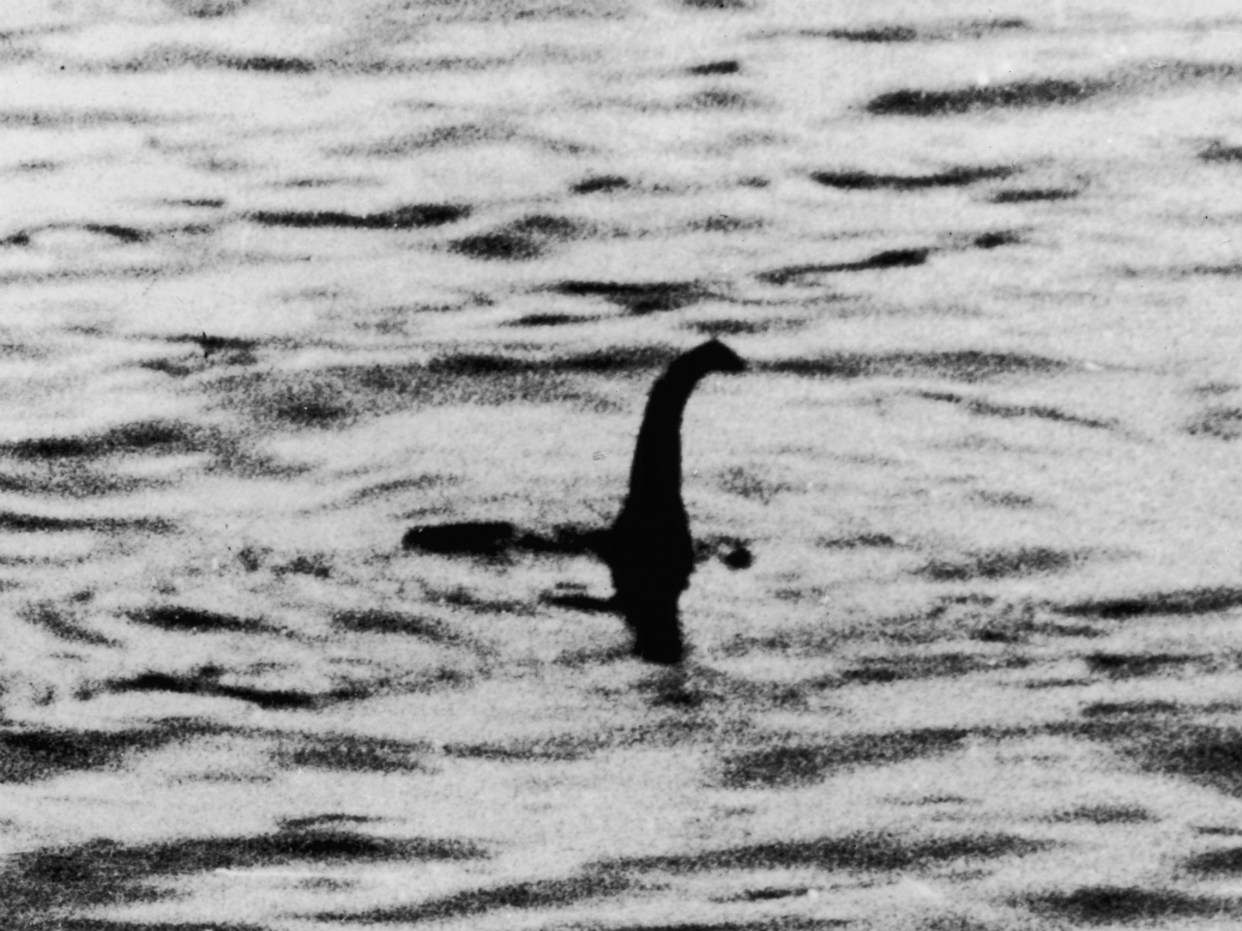
A group of scientists from around the world are planning to use environmental DNA to determine once and for all whether the Loch Ness monster exists - or has ever existed.
“The use of eDNA sampling is already well established as a tool for monitoring marine life like whales and sharks”, says Reuters, picking up tiny fragment of skin, scales, feathers, fur, faeces and urine from whatever creature moves through its environment.
Now a team consisting of British, Danish, Australian, French and US scientists are planning to use the technique in Loch Ness.
The Week
Escape your echo chamber. Get the facts behind the news, plus analysis from multiple perspectives.

Sign up for The Week's Free Newsletters
From our morning news briefing to a weekly Good News Newsletter, get the best of The Week delivered directly to your inbox.
From our morning news briefing to a weekly Good News Newsletter, get the best of The Week delivered directly to your inbox.
Previous searches
It is not the first time scientists have been drawn to search for proof of the world-famous mythical creature. The first record of a monster dates back to the sixth century AD but it was not until the 20th century that the Loch Ness Monster myth really took off.
The famous 1934 ‘surgeon’s photo’ (see below) was later proven to be a hoax, but this has not stopped countless conspiracy theorists, monster-hunters and eagle-eyed tourists from making the journey to Scotland.
Over the past 15 years, even scientists have joined the hunt. In 2003 the BBC funded an extensive search of the loch using 600 sonar beams and satellite tracking but came up empty handed.
A free daily email with the biggest news stories of the day – and the best features from TheWeek.com
Just two years ago a high-tech marine drone had more luck, identifying a replica monster which has been used in a 1970 film, The Private Life of Sherlock Homes.
Now it is the turn of Professor Neil Gemmell of the University of Otago in New Zealand, and his team.
But “while the prospect of looking for evidence of the Loch Ness monster is the hook to this project” says Gemmell, he is quick to stress this more than just a monster hunt. “There is an extraordinary amount of new knowledge that we will gain from the work about organisms that inhabit Loch Ness,” he said.
How did the Loch Ness monster myth begin?
On 2 May 1933, a local newspaper in Inverness reported that an enormous dinosaur-like creature had been spotted in one of Scotland’s largest freshwater lakes, sparking one of modern history’s most enduring urban legends.
The creature in question came to be known as the Loch Ness monster, a beast that has been the subject of numerous stories and grainy photographs, despite no scientific evidence of the animal ever being found.
That fact has failed to dampen the public’s enthusiasm for any news about “Nessie”.
So where did this strange story begin?
Folklore
The early-20th century sightings and photos undoubtedly catapulted the monster to worldwide fame, but tales of the creature predate the 1933 newspaper report by well over a millennium.
Stone carvings of a mysterious beast with flippers found near the loch are believed to date from the time of the Picts, around 15,000 years ago. But there are written reports of a monster inhabiting Loch Ness as far back as AD565, in a biography of Scottish saint St Columba.
According to that work, the monster bit a swimmer and was about to attack another man when Columba fought the beast, ordering it to “go back”, says Encyclopedia Britannica.
“And even the barbarous heathens, who were present, were forced by the greatness of this miracle, which they themselves had seen, to magnify the God of the Christians,” the passage reads.
There were few further recorded sightings up until the 20th century, but through word of mouth the legend continued to spread.
Aldie Mackay
Eighty-five years ago this month, The Inverness Courier published a small story titled “Strange Spectacle on Loch Ness”, which quoted a local hotel manager called Aldie Mackay as having seen a “whale-like fish” in the northern Scottish lake that was “black, wet and with the water rolling off it”. Mackay claimed the creature “went in a circle, round and down” before disappearing from view, according to the BBC.
The report is widely regarded as the first “modern sighting” of the beast, and sparked national intrigue.
In the months that followed, further sightings were reported, leading London-based newspaper the Daily Mail to pick up the story.
In December 1933, the paper commissioned Marmaduke Wetherell, a big-game hunter, to find the monster in the lake.
Wetherall would claim to have spotted large footprints on the lake’s shores that he said appeared to belong to “a very powerful soft-footed animal about 20ft long”.
However, after studying a cast of the footprints, researchers at London’s British Museum determined that the tracks had been made using a dried hippopotamus’s foot, and Wetherell was publicly shamed by the Mail.
The Surgeon’s Photo
In April the following year, respected gynaecologist Colonel Robert Wilson claimed to have seen something moving in the water as he drove past the loch. He stopped his car and hurriedly took four grainy, blurred photos, the first of which appeared to show the long neck of a serpent-like animal just above the water.
Again, it was the Daily Mail that pounced on the photos, publishing the first of them on its front page on 21 April 1934.
Wilson refused to have his name associated with the image, so it came to be known simply as “The Surgeon’s Photo”. The image is the most commonly published supposed photo of the Loch Ness monster to this day.
In 1994, Wetherell’s son-in-law, Christian Spurling, confessed that he had helped Wetherell create the famous Surgeon’s Photo, using some plastic and a toy submarine. Spurling, then 90, claimed Wetherell had given Wilson the photo to leak to the newspaper, in a bid to get revenge on the Daily Mail for shaming him, says The Guardian.
Modern times
Remarkably, despite the various hoaxes and a lack of empirical evidence, numerous sightings of the Loch Ness monster continue to be reported to authorities in Scotland each year.
In fact, 2017 was the “busiest” year of the 21st century for the monster, which was “sighted” eight times over the 12 months.
Gary Campbell, who assesses and logs sightings of the Loch Ness monster, told the Daily Express: “This is the most we have had this century.
“In recent years, the most sightings in a year we have had is 17 - and that was in 1996. Before that, the 1960s and 1930s were the times that had most sightings, sometimes more than 20 in a year.”
Willie Cameron, director of Loch Ness Marketing, told the Daily Mail in 2012 that around one million people visit Loch Ness and the surrounding area every year, generating about £25m a year for the local economy.
-
 A luxury walking tour in Western Australia
A luxury walking tour in Western AustraliaThe Week Recommends Walk through an ‘ancient forest’ and listen to the ‘gentle hushing’ of the upper canopy
-
 What Nick Fuentes and the Groypers want
What Nick Fuentes and the Groypers wantThe Explainer White supremacism has a new face in the US: a clean-cut 27-year-old with a vast social media following
-
 5 highly amusing cartoons about rising health insurance premiums
5 highly amusing cartoons about rising health insurance premiumsCartoon Artists take on the ACA, Christmas road hazards, and more
-
 NHS tells Scots to walk like penguins
NHS tells Scots to walk like penguinsTall Tales Walk like penguins in the snow, says NHS
-
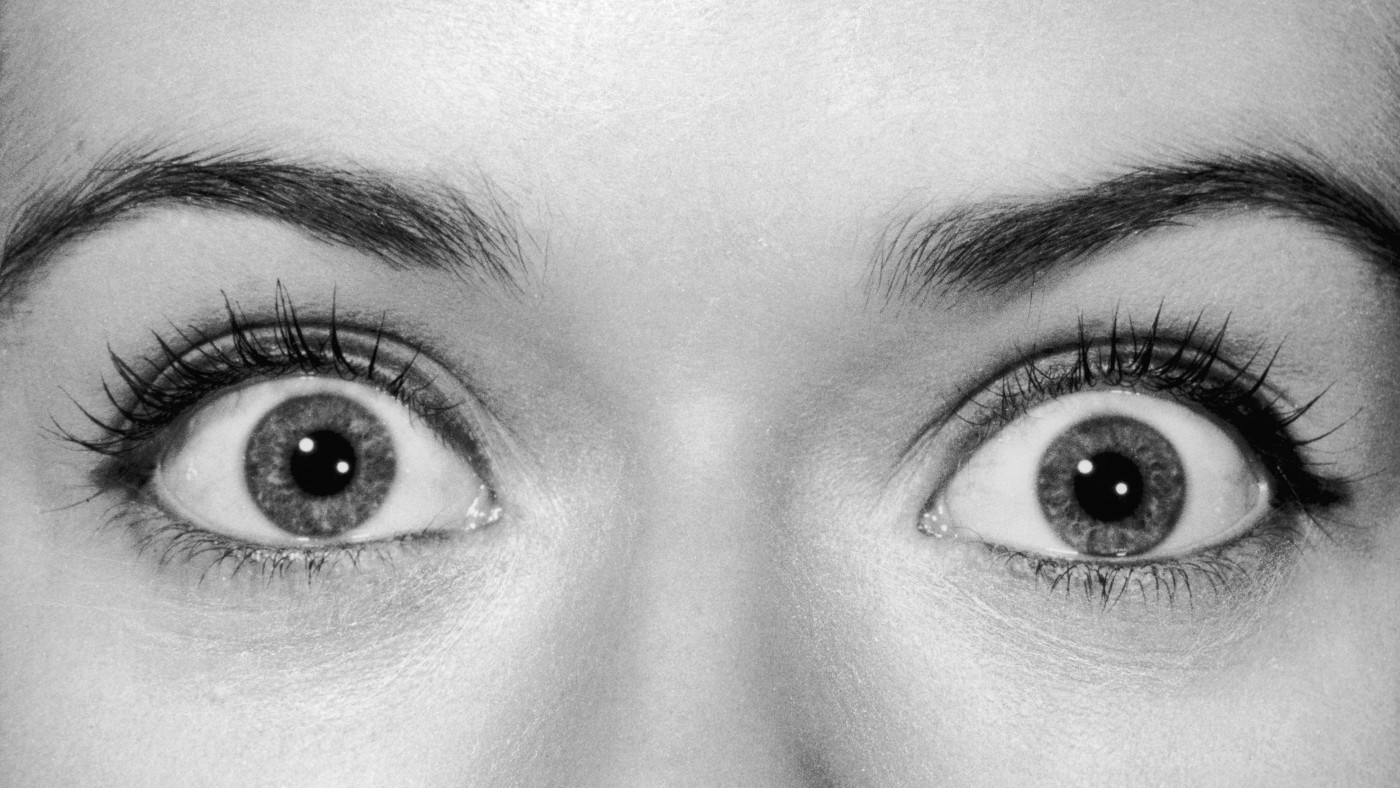 Woman solves 'rude neighbour' mystery
Woman solves 'rude neighbour' mysteryTall Tales And other stories from the stranger side of life
-
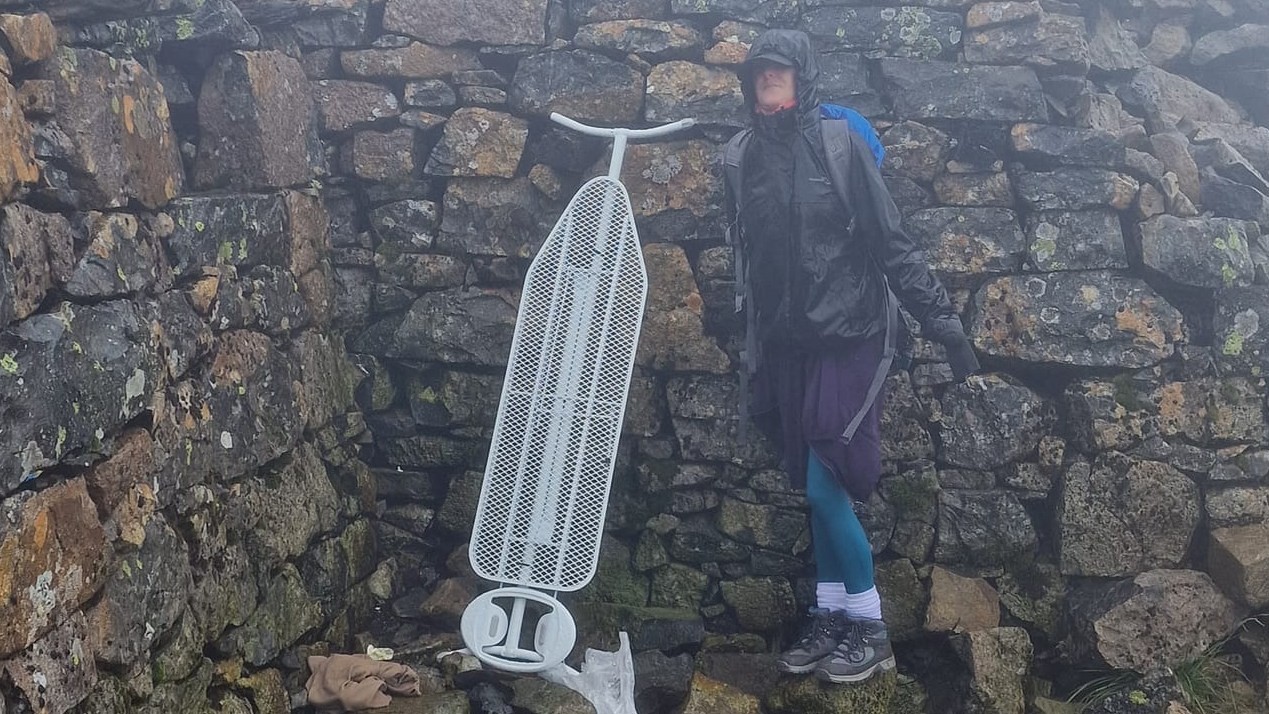 'Extreme ironing' blamed for Ben Nevis board
'Extreme ironing' blamed for Ben Nevis boardTall Tales And other stories from the stranger side of life
-
 Screaming Beatles fans embarrassed George Harrison’s mother
Screaming Beatles fans embarrassed George Harrison’s motherfeature And other stories from the stranger side of life
-
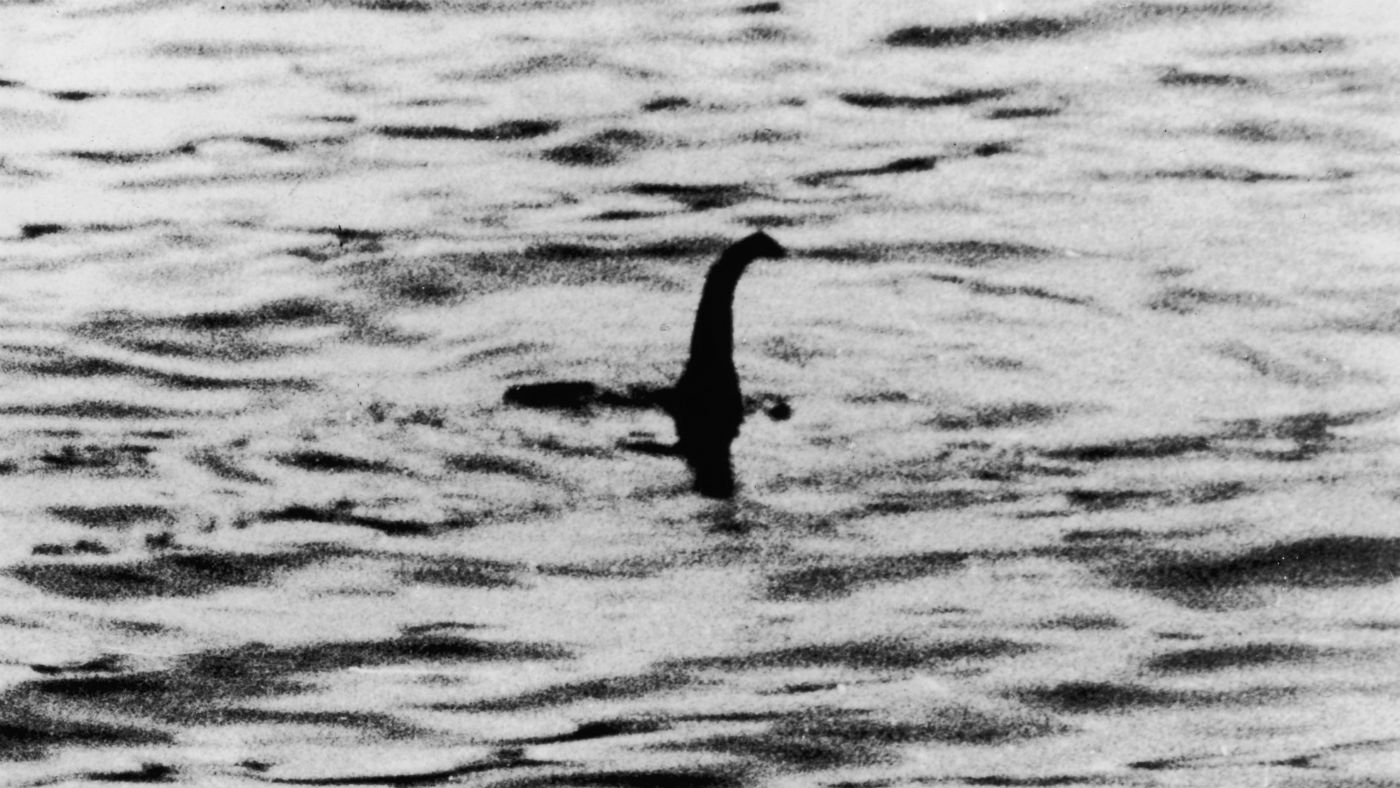 Loch Ness monster wins over ‘man of science’
Loch Ness monster wins over ‘man of science’feature And other stories from the stranger side of life
-
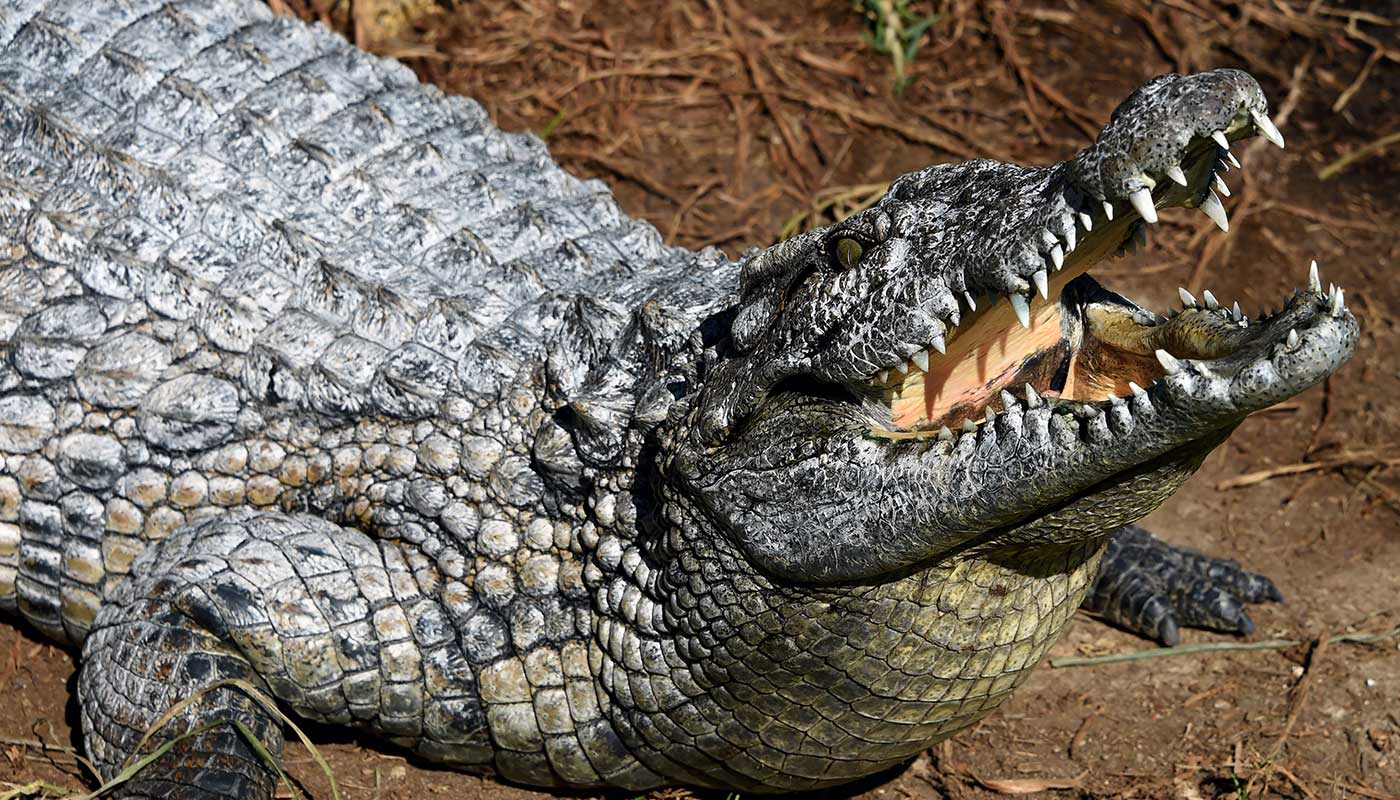 First crocodile virgin birth recorded
First crocodile virgin birth recordedfeature And other stories from the stranger side of life
-
 Joggers told to wear helmets amid bird terror
Joggers told to wear helmets amid bird terrorfeature And other stories from the stranger side of life
-
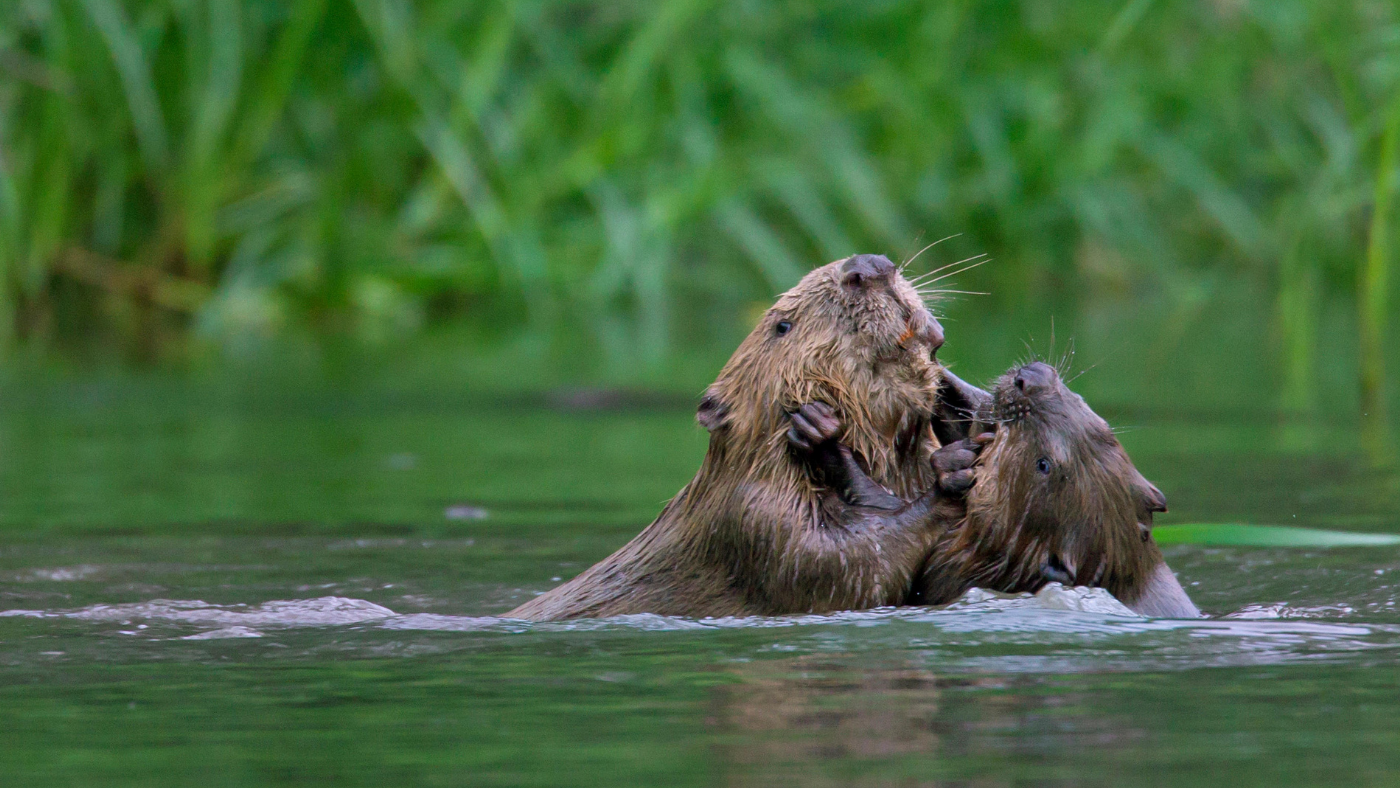 Otter accused of killing relocated Loch Lomond beavers
Otter accused of killing relocated Loch Lomond beaversSpeed Read The dead beaver kits were moved from Tayside to RSPB Scotland reserve last month